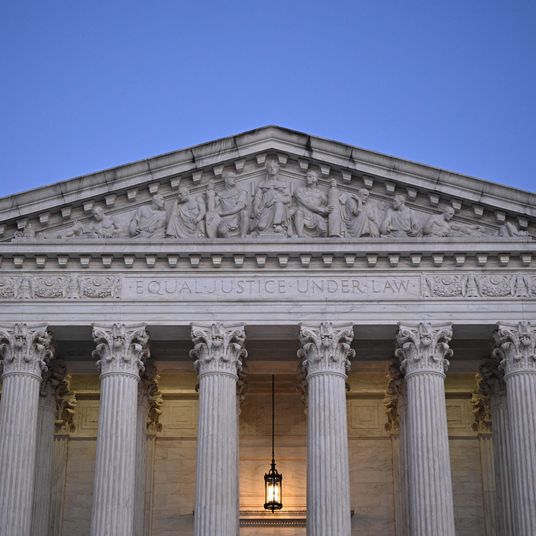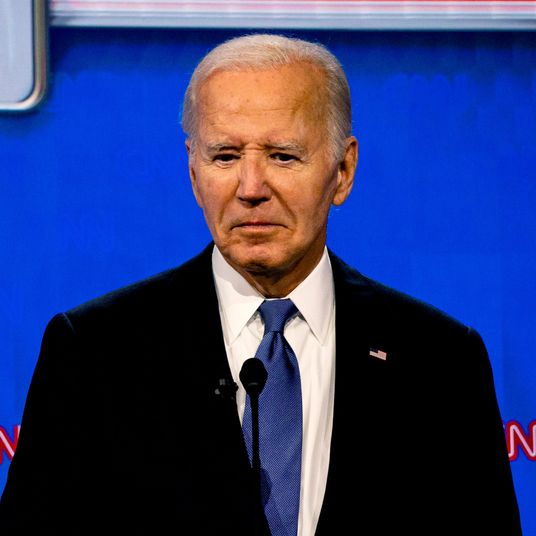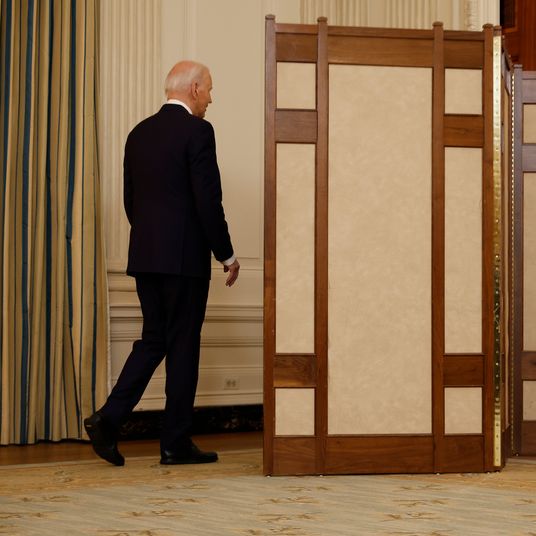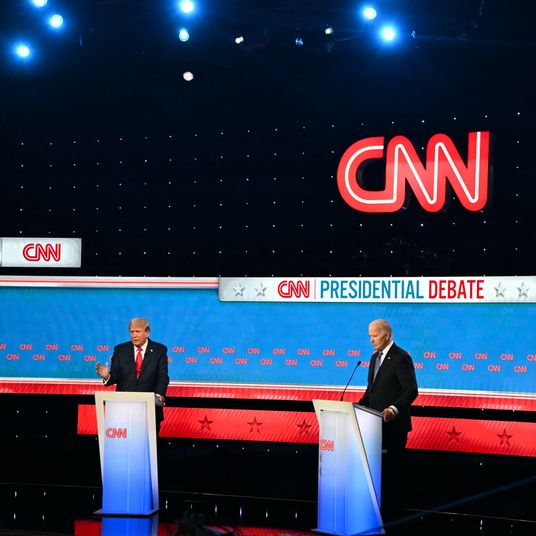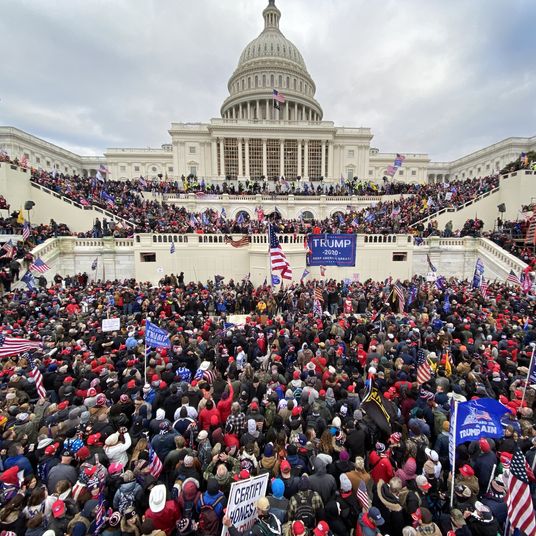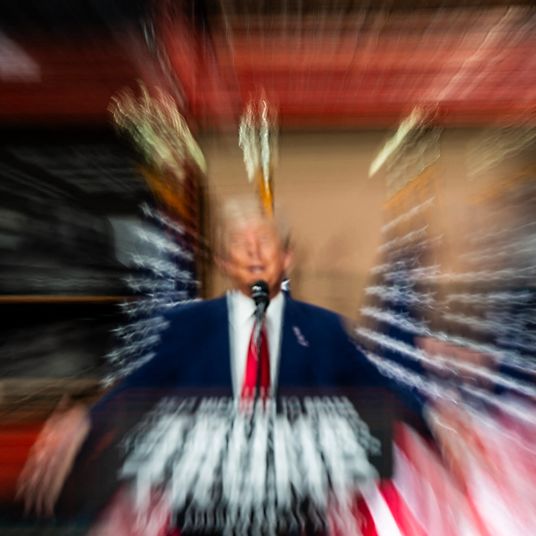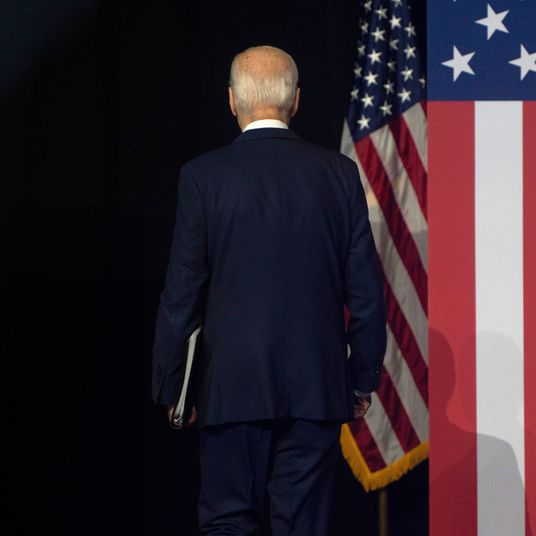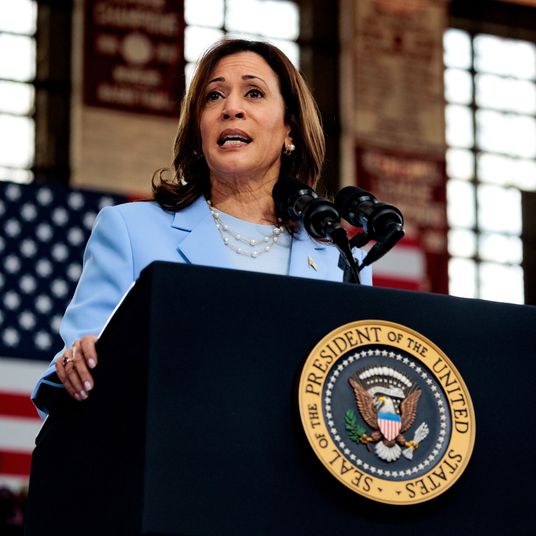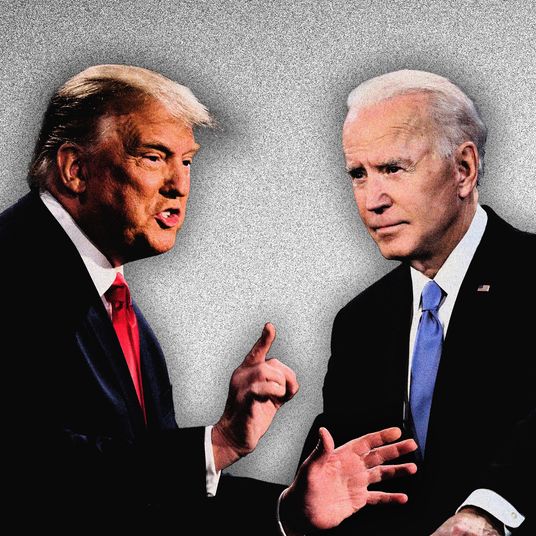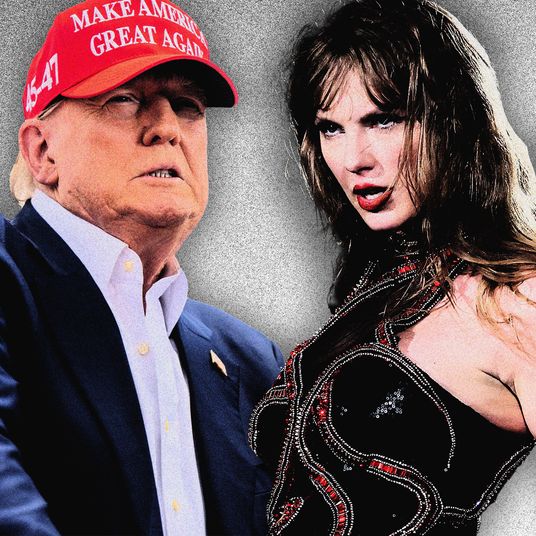Partisan control of the presidency has a lot of direct effects on American life. Republican presidents appoint conservative judges and reduce regulation on business, taxes on the affluent and social spending on the poor. When Democrats gain control of the presidency, those things move in the opposite direction. This is all highly intuitive.
What’s less intuitive is that aspects of society that lie outside the president’s control tend to move in the opposite direction. Political scientists describe this aspect of public opinion as “thermostatic.” Under Republican presidents, public opinion generally moves left, demanding higher levels of government involvement in the economy and so on. The opposite occurs during Democratic presidencies. It’s thermostatic because the public senses policy moving in one direction and then decides it wants a correction. (One apparent exception is public opinion on abortion, which has moved left during the Biden presidency — but this, too, confirms the general tendency, since people reacted to policy shifts that had been engineered by Republican presidents, albeit on a time-delayed basis.)
Conservatives who support the Republican Party’s policy agenda have good reason to favor Donald Trump’s election. But one strange thing about Trump’s support is that conservatives seem unusually intent on electing Trump in order to change things that are outside the president’s control.
Specifically, conservatives remain angry about the sharp leftward lurch in racial opinion in blue America in 2020 that some people have labeled “The Great Awokening.” Numerous conservatives developed a theory that this phenomenon was the culmination of the left’s “long march through the institutions” and that, in order to reverse it, they needed to use state power to reshape political culture in a conservative direction. “The task is to meet the forces of revolution with an equal and opposite force,” urged Chris Rufo, proposing a bureaucratic war against left-wing racial ideology.
The obvious flaw in this theory is that it is a response to events that occurred under Donald Trump. And a wide array of data suggests those phenomena have receded under the Biden administration. Corporate DEI spending is down; universities are endorsing institutional neutrality; elite newspapers are resisting demands to purge moderate staffers or avoid reporting that questions progressive activists; celebrity cancellations have stopped and are even reversing themselves.
A new paper by political scientists John Sides and Michael Tesler adds to this picture. They find liberal racial attitudes among white Democrats peaked in 2020 (when Trump held the presidency) and then fell in 2024 (under Biden).
Their measuring stick is somewhat imperfect for the question I’m analyzing. They asked respondents about a battery of statements about race that have been used for decades to measure what’s often described as “racial resentment.” Those statements are:
“Other minorities overcame prejudice and worked their way up. Blacks should do the same without any special favors.”
“Generations of slavery and discrimination have created conditions that make it difficult for blacks to work their way out of the lower class.”
“Over the past few years, blacks have gotten less than they deserve.”
“If blacks would only try harder they could be just as well off as whites.”
Those statements are useful because they have been employed for many years. For that same reason, they are less useful at measuring beliefs that emerged into public consciousness only recently. They’re not a precise gauge of how many Democrats subscribe to the theories of pop activists like Robin DiAngelo, Ibram Kendi, Tema Okun, and so on.
But they do ask one question that comes close: whether you believe “White people should feel guilty about racial inequality.” That question finds a decline from 33 percent in 2020 to 26 percent in 2024. The decline is concentrated almost entirely among Democrats, who went from 54 percent agreement in Trump’s final year to 41 percent in Biden’s.
It is quite strange that so many conservatives remain angry about something that happened under Trump and believe the solution is to bring him back to power. To be sure, many of them believe these trends happened because Trump failed to exert enough control over civil society. This explains part of the allure of authoritarian power on the right: The “National Conservatives” and other illiberal factions seriously intend to use state power to either turn schools, media, corporations, and other institutions into vehicles for conservative ideology or at least intimidate them from expressing opposing views.
This would be an incredibly ambitious authoritarian project. It’s possible it could succeed. But the right-wing determination to try is not a result, as conservatives insist, of their having no other way to stem the tide of progressive ideology. The tide is receding right now simply because Trump is out of power. If they want to overwhelm the natural force of thermostatic opinion with brute state power, it is because they will accept only total victory.






